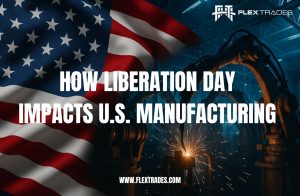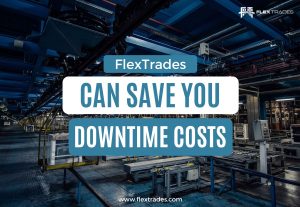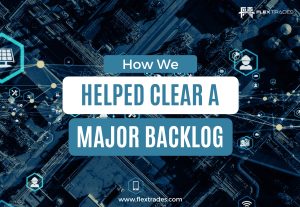When COVID-19 hit, consumers and manufacturers alike quickly learned just how fragile the global supply chain was. They also learned just how important supply chain resilience is. Let’s talk about both now.
What is Supply Chain Resilience?
Supply chain resilience is the ability to withstand and minimize the effects of supply chain disruptions. It is planning and preparing for possible disruptions; the goal of which being fast response and recovery when those disruptions occur. It is not being invincible to interruptions but rather being able to overcome them without a big impact to operations and / or customer deadlines. But how is supply chain resilience accomplished? That’s a great question. Supply chain resilience is going to require big changes by manufactures in three key areas… technology, processes, and people.
Technology:

Reviewing old technology, adopting new technology, and always looking for emerging technologies is critical. Technologies that help overcome supply disruptions include:
- Real-time analytical tools
- ERPs (Enterprise Resource Planning software that manages the entire business from finance, human resources, manufacturing, supply chain, procurement, and more).
- Artificial Intelligence (AI)
- Robotics or Automated Systems
- Digital Manufacturing Systems
- Cryptocurrency like the blockchain
- Integration of systems and software across the supply chain including those from suppliers, warehouse systems, stores/customers, etc…
Processes:
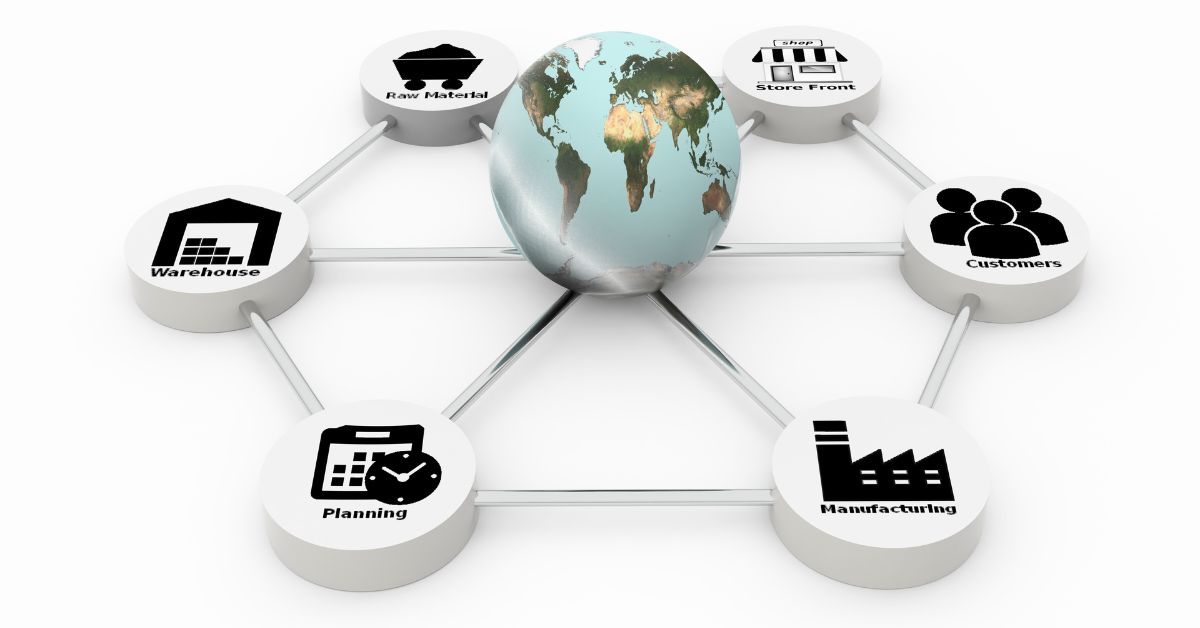
New Forecasting Techniques:
- Oftentimes, company forecasts focus on their own needs as it relates to demand. If demand is this, we need to do this. But companies need to dig deeper than that. Dig into what the supply chain looks like for suppliers, the demands and risks suppliers could be facing and how those demands and risks will affect operations.
- Note: It’s very important to truly understand the products and goods that bring the most value to an organization. Build a commodity management strategy for these products which essentially allows for the management and coordination of all items related to these key products, including procurement, production, and distribution. This can be helpful when facing an inevitable disruption to the supply chain.
Build In Inventory Buffers:
- Yes, it can be costly to no longer operate in a just-in-time fashion, but what’s even more costly is missed deliveries and lost customers when there’s no inventory.
- Supplier Diversification: This could mean asking existing partners to supply parts from a wider variety of manufacturing locations, or it could mean adding in new suppliers with locations and processes different than that of current suppliers.
- Note: To implement multi-sourcing, calculate the revenue impact of the disruptive event (i.e., natural disaster, global or localized pandemic) that occurred.
Nearshoring or Reshoring:
- Upon first thought, nearshoring seems to be the opposite of supplier diversification. Many believe supplier diversification means offshore suppliers, but a diversified supply chain is one that focuses on companies locally, regionally, domestically, and globally. The local and regional level can be more expensive, but it also shortens both cycle and delivery times.
People:
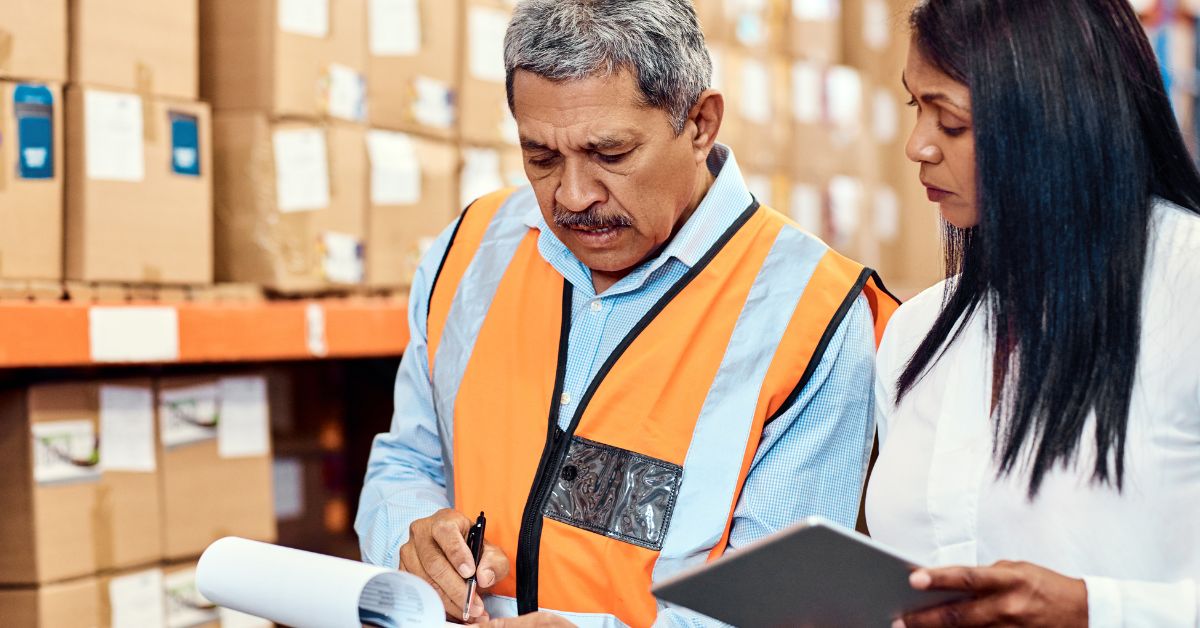
- Build relationships with 3PLs and contract manufacturers. Diversifying partnerships with 3PLs is vital to the distribution of product, and contracting other manufacturers for the production of a product is important, too.
- Upskilling: A manufacturer’s workforce is critical to surviving supply chain disruptions. A cross-trained workforce lessens the need to be reactive in hiring and eases challenges caused by supply chain issues.
- Create a commodity management team and a supplier management team. These two teams understand supply chain to its fullest, its pricing (particularly as it relates to demand), and the general manufacturing market while also building great relationships with suppliers for mutual benefit in the future.
Enacting these tools takes time, attention and money in the short term, and it’s hard to commit to spending more money now for a potential risk in the future but the risk is ultimately worth the investment.
What do you think? Do you have any question? Feel free to reach me anytime at kmooney@flextrades.com.



